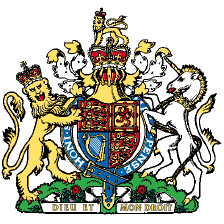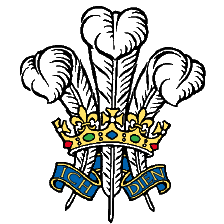One of the most common reasons people need to plant trees in their gardens is screening.
This can be screening from neighbours, or screening from a nearby eyesore or generally just because people fancy bringing a little privacy into their garden world.
There are many ways to achieve this screening, with some people opting for a mix of complementary trees and others going for more strategic evergreen or semi evergreen plantings.
One of the most popular options is Privet, either the green Ligustrum japonicum, or the variegated Ligustrum lucidum Excelsum Superbum. Privet is a tough plant, which will tolerate a range of conditions and locations, making it versatile and desirable for the screening job. It can be planted as an individual tree and allowed to become a big mop head, or can be maintained and pruned as a “hedge on stilts”, either way offering useful screening.
The only limitation that should be considered with Privet is that they are technically semi evergreen and can therefore come out of the winter period looking a little sparse and “woody”, as can many evergreen types.
Other popular trees for this type of planting are Photinia Red Robin, Portuguese Laurel and Cherry Laurel, all of which will look a little depleted coming out of the winter time.
In order to bring these trees back to looking tip top and full, the best course of action is to give them a good prune each year. This will remove the “woody” look and encourage the tree to flush through with some lovely new growth. It may feel a bit strange to be doing this for a tree that is needed to screen, however it really is the best option to keep them looking their best in the long run and therefore offering the most pruning.
So how and when is it best to do this?
The best time to prune Privet, Photinia, Laurel and Portuguese Laurel is in the spring, after the last frost. You do not want to go too early as pruning encourages and facilitates new growth, which could be damaged by the cold should there be a late frost. This usually puts you into a window of from May onwards and should be completed by the end of July. Ideally sooner rather than later, as it is best to give the trees the best of the summer time to put on their new growth.
Pruning can be done by hand with shears or secateurs, or just simply using a hedge trimmer. The hedge trimmer is most effective on those plants with the smaller leaves, as you do run the risk of being left with some partially/half cut leaves when pruning larger leaves this way. Be brave with your pruning! It really is amazing what these trees can bounce back from and they are usually better for it.
In the weeks after pruning you may consider giving them a little helping hand with a liquid feed, to ensure that the new growth you have is as thick and full as possible.
In general we recommend that you start you pruning regime once the trees have had a full growing season to establish their root systems, therefore we would not recommend this the first summer after planting.
If you have any questions or queries on this, please do not hesitate in contacting our team who can offer you more specific advice where required.
Photinia pruned:

Photinia flushed:

Photinia unpruned:

View all Barcham trees
Bulk discount when you buy any mix of 10 trees or more


